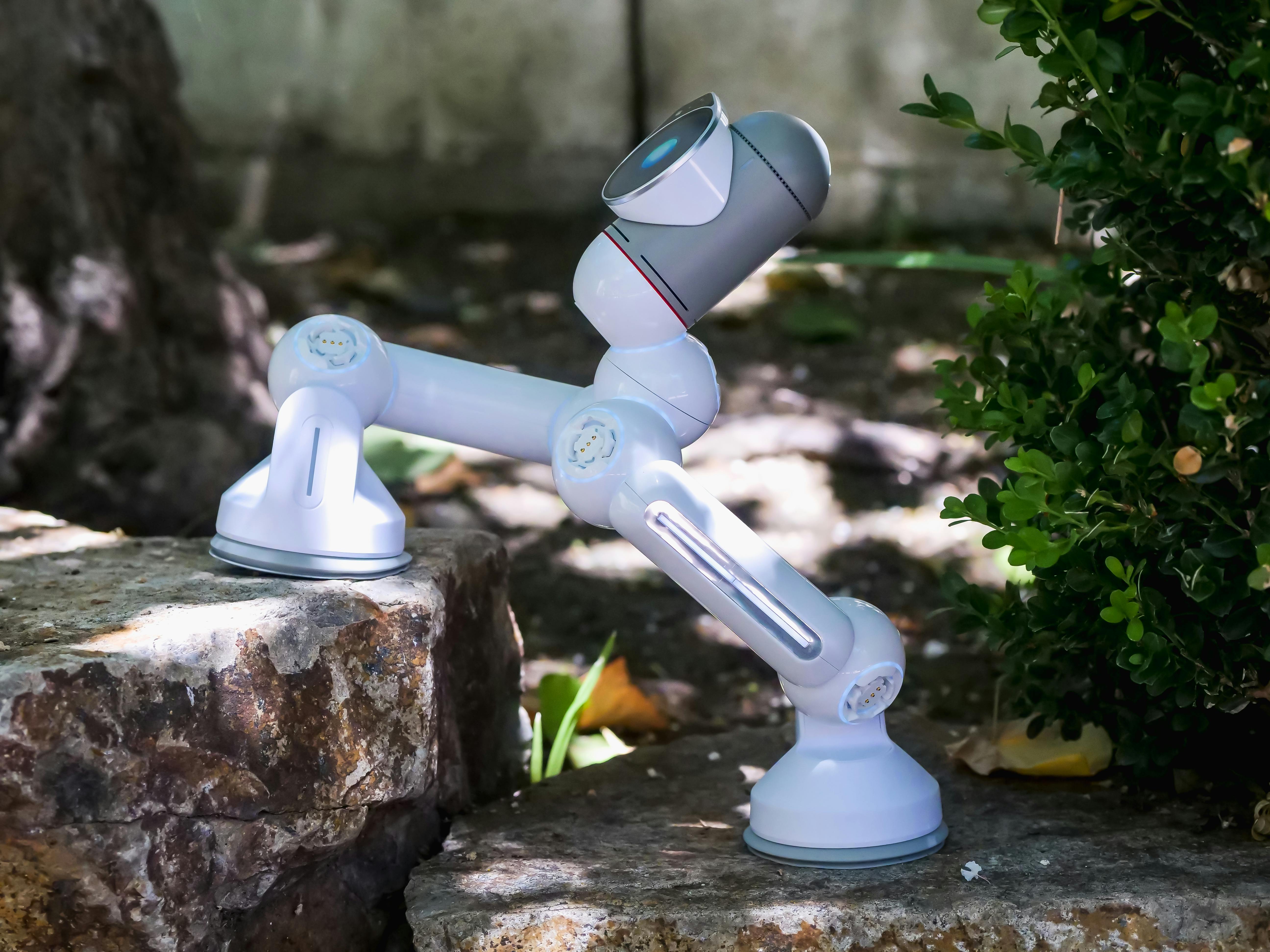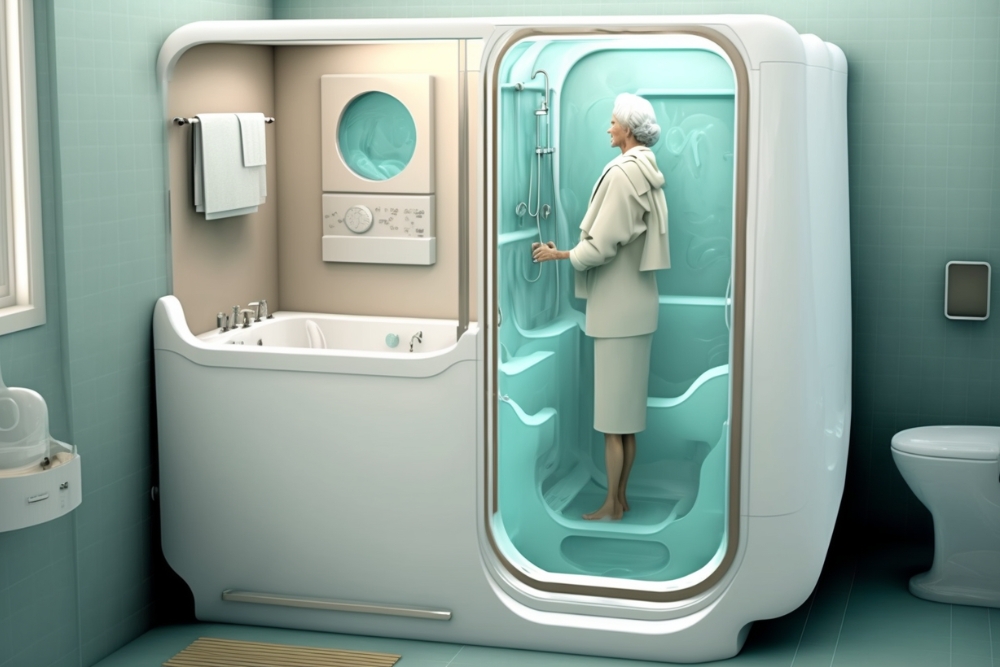Shaping the Future: Innovations in Industrial Co-Bots
The world of business and industry is constantly evolving, but few developments have been as transformative as the rise of collaborative robots or "co-bots." These advanced machines are revolutionizing industrial operations, offering unprecedented levels of efficiency, precision, and safety.

The Emergence of Co-Bots
Co-bots first emerged in the early 1990s, when engineers began experimenting with the idea of robots that could work side-by-side with humans. Unlike traditional industrial robots, which are typically segregated from human workers for safety reasons, co-bots are designed to operate in close proximity to people. Over the past few decades, advancements in robotics and artificial intelligence have enabled co-bots to become increasingly sophisticated, capable of performing a wide range of tasks with high levels of accuracy and consistency.
Unveiling the Potential of Co-Bots
Over the past decade, the use of co-bots in industries such as manufacturing, logistics, and healthcare has skyrocketed. Co-bots can perform repetitive tasks with unparalleled precision, freeing up human workers to focus on more complex and creative tasks. This not only boosts productivity but also enhances job satisfaction and reduces the risk of workplace injuries.
Co-bots also offer significant flexibility, as they can be easily reprogrammed to perform different tasks. This is particularly valuable in industries where production needs fluctuate or where customization is key.
The Road Ahead: Challenges and Opportunities
Despite their many benefits, co-bots also present certain challenges. For one, their integration into existing workflows can be complex and costly. Additionally, there are concerns around job displacement, as co-bots have the potential to automate certain roles traditionally performed by humans.
However, many experts argue that co-bots will not replace human workers but rather redefine their roles. As co-bots take over routine tasks, humans will have the opportunity to engage in more high-value work, requiring creativity, problem-solving skills, and human interaction.
Leveraging Co-Bots in Your Business
If you’re considering introducing co-bots into your operations, here are some key points to consider:
- Evaluate Your Needs: Identify the areas of your operations where co-bots could provide the most significant benefits. This might be tasks that are repetitive, physically demanding, or prone to human error.
- Plan for Integration: Consider how co-bots will fit into your existing workflows. This may involve redesigning processes or investing in additional technology.
- Address Concerns: Be proactive in addressing potential concerns among your workforce. This could involve clear communication about the role of co-bots and the opportunities they present for human workers.
A Future Shaped by Co-Bots
As we look ahead, there’s no doubt that co-bots will play an increasingly important role in business and industrial operations. By embracing this technology, organizations can unlock unprecedented levels of efficiency, quality, and flexibility. However, the successful integration of co-bots will require thoughtful planning, clear communication, and a willingness to adapt and evolve. As with any significant change, the journey may be challenging, but the rewards could be transformative.




